Find Help
More Items From Ergsy search
-
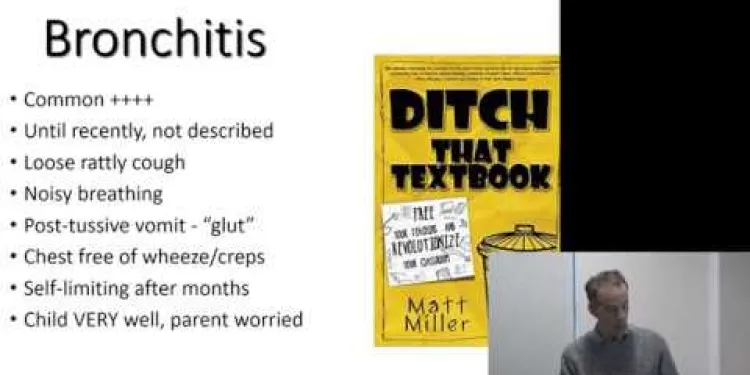
Bronchiolitis and chest infections in young children - Prof Steve Turner
Relevance: 100%
-
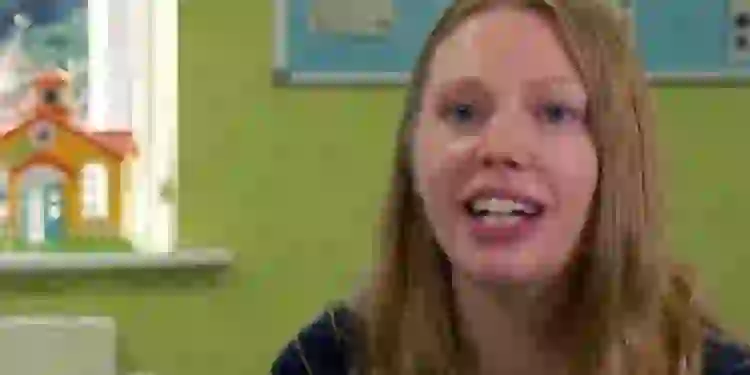
Bronchiolitis Advice
Relevance: 57%
-
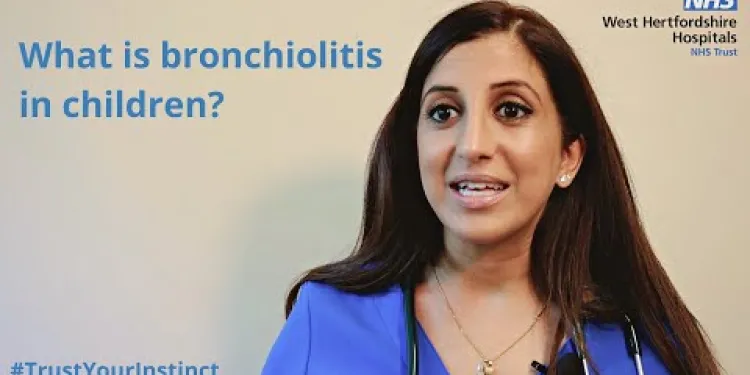
What is bronchiolitis in children? The symptoms, warning signs and when to seek medical help
Relevance: 57%
-
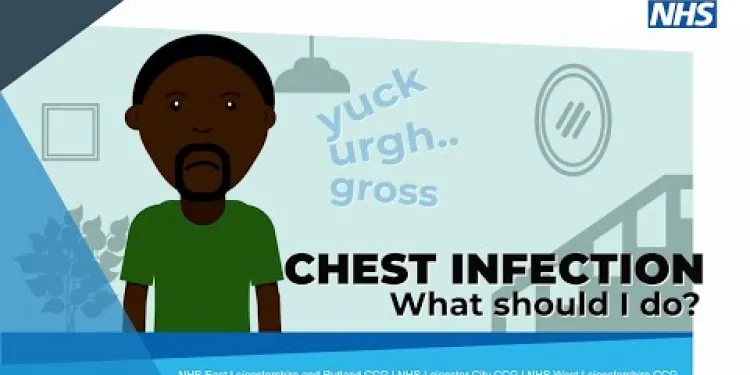
Chest infection: what should I do?
Relevance: 50%
-
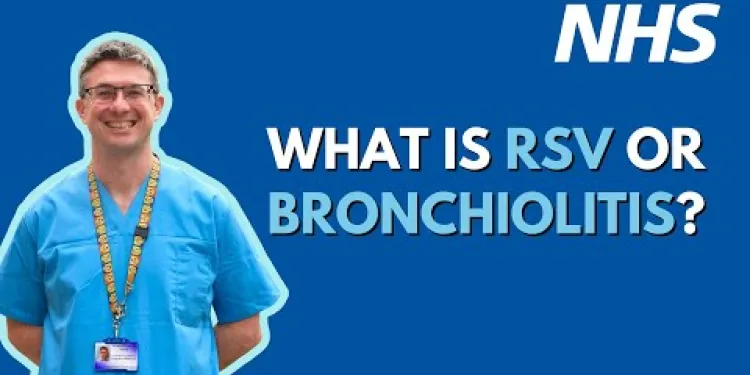
What is RSV (Respiratory Syncytial Virus) or bronchiolitis? UHL NHS Trust
Relevance: 47%
-
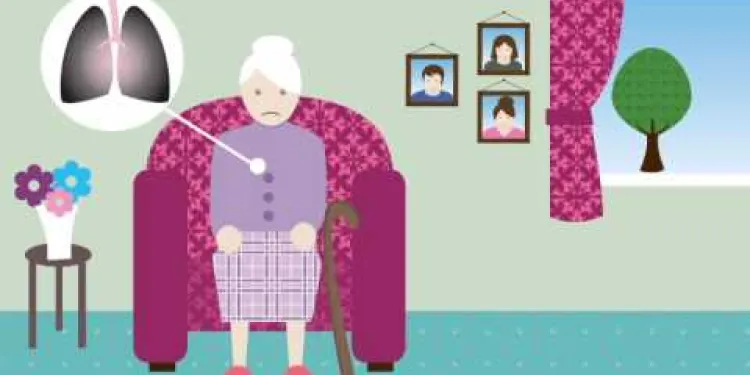
Dorothy's Story (Falls/Chest Infection)
Relevance: 47%
-
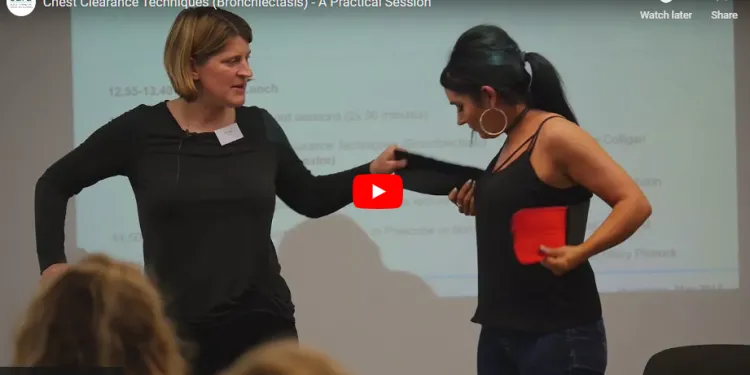
Chest clearance techniques
Relevance: 35%
-
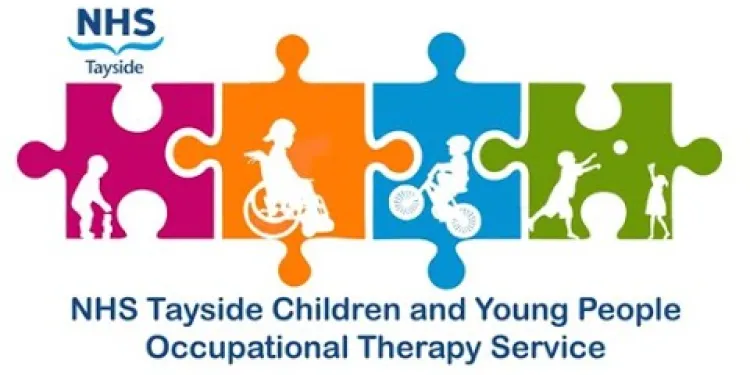
Developmental Coordination Disorder (DCD) for Children and Young People
Relevance: 33%
-
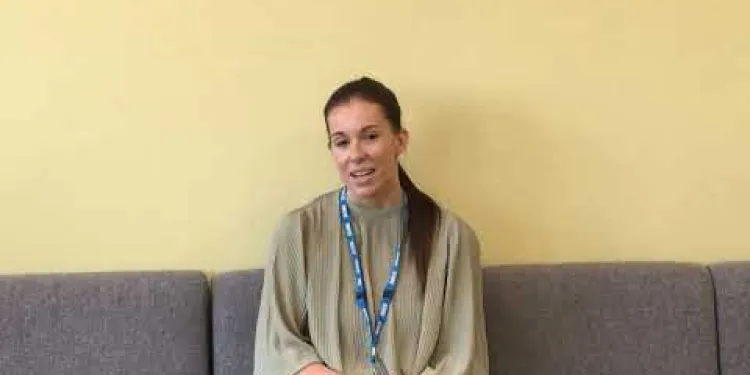
Practical strategies to support young children who stammer
Relevance: 33%
-
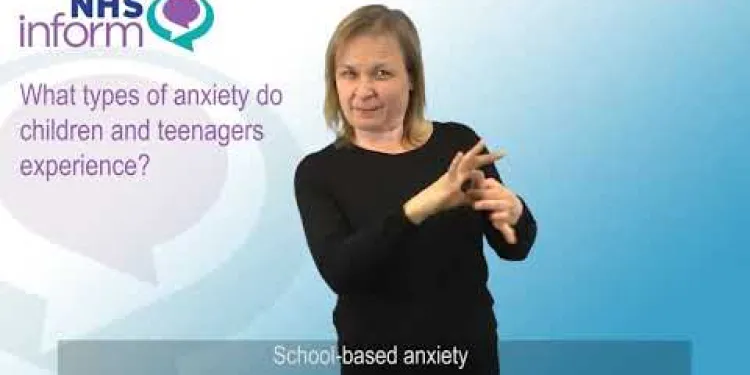
Anxiety in young people
Relevance: 30%
-

Who is at risk for severe Chikungunya infection?
Relevance: 27%
-

Is it possible to have a heart attack without chest pain?
Relevance: 26%
-

Can defibrillators be used on children?
Relevance: 26%
-
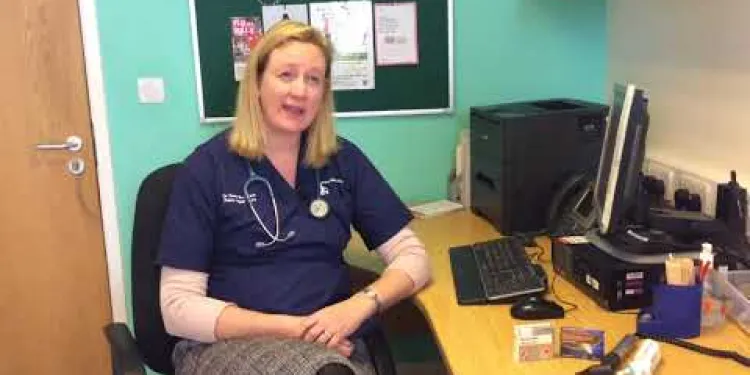
Self care: Treating ear infections
Relevance: 25%
-

Surge in HPV Vaccination Rates Among Young Women in the UK
Relevance: 25%
-
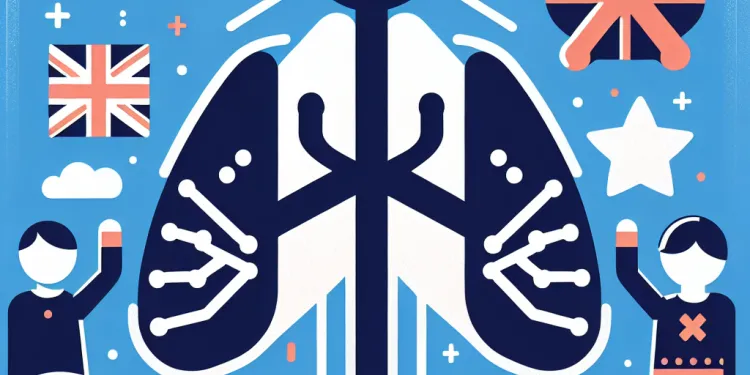
Can children outgrow asthma?
Relevance: 25%
-

Why is binge drinking common among young adults?
Relevance: 24%
-

Are there symptoms of an HPV infection?
Relevance: 23%
-
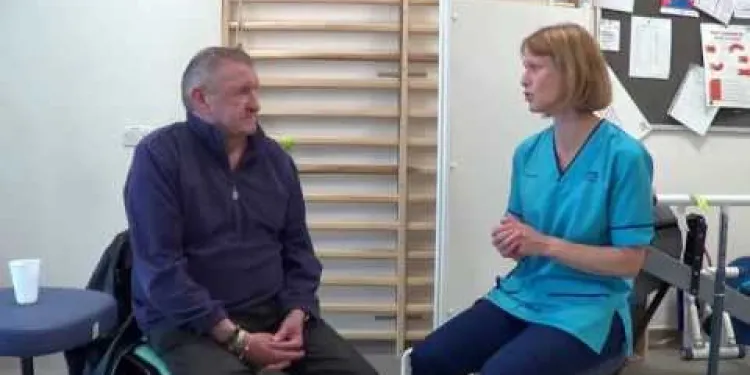
Clearing Your Chest with Breathing Exercises
Relevance: 23%
-

Can air physiotherapy prevent respiratory infections?
Relevance: 23%
-
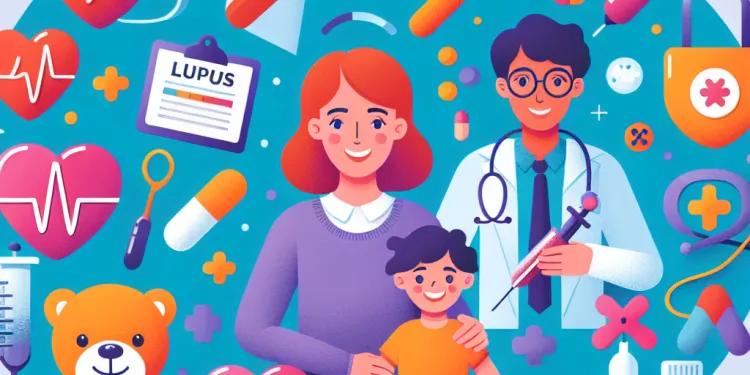
What causes lupus in children?
Relevance: 22%
-

What is Chikungunya virus infection?
Relevance: 21%
-
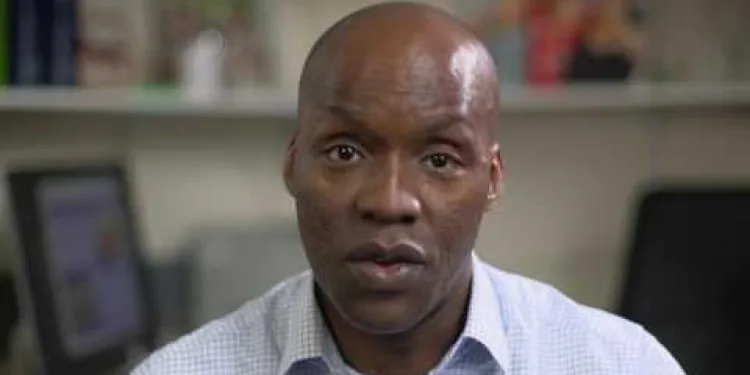
Mycobacterium chimaera infection
Relevance: 21%
-
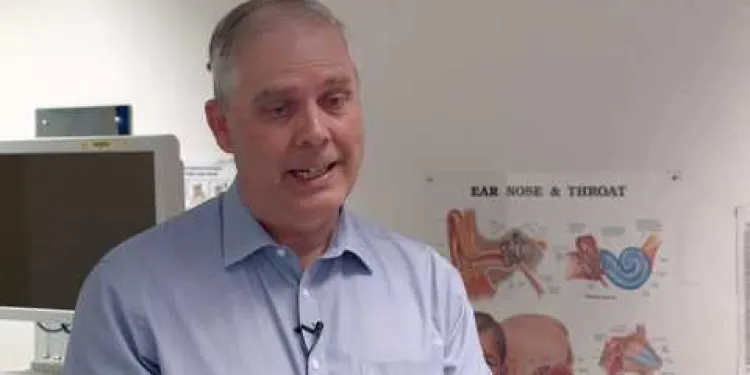
Evidence-Based Interventions: grommets for glue ear in children
Relevance: 21%
-

Is tooth decay common in children?
Relevance: 21%
-

Are children more affected by new variants of COVID?
Relevance: 20%
-

Navigating Mental Health Services for Children and Adolescents
Relevance: 20%
-

What are the symptoms of Nipah Virus infection?
Relevance: 20%
-

What are the common symptoms of lupus in children?
Relevance: 20%
-

Are there specific mobility equipment for children?
Relevance: 20%
-
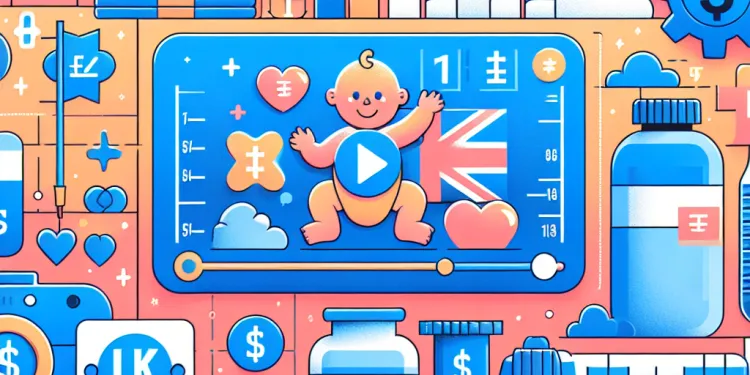
Children's Vaccination Schedule
Relevance: 20%
-

Can Chikungunya virus infection be treated?
Relevance: 20%
-
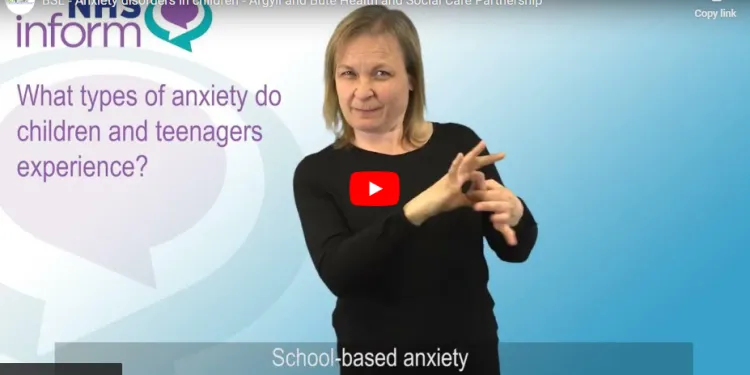
What type of anxiety do children and teenagers experience?
Relevance: 20%
-

What are SEND children?
Relevance: 20%
-
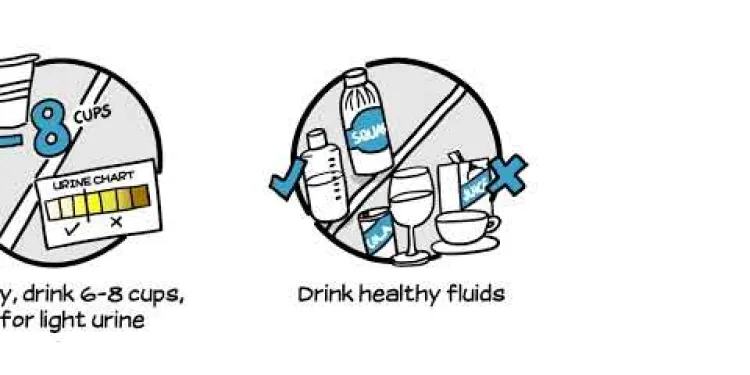
Avoiding infections with urinary incontinence
Relevance: 19%
-
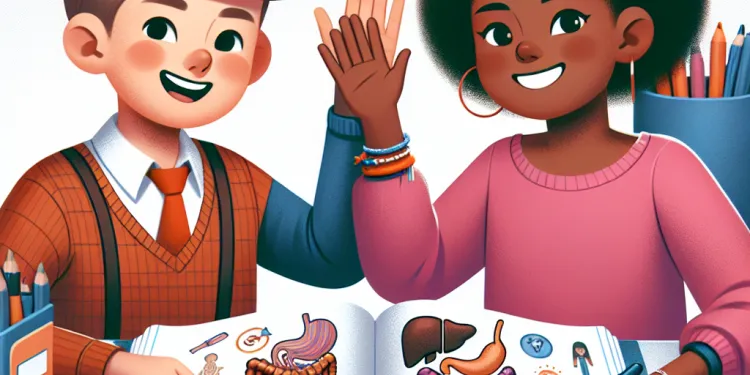
Can children develop Crohn's disease?
Relevance: 19%
-

How can I prevent norovirus infection?
Relevance: 19%
-

Can children benefit from chiropractic care?
Relevance: 19%
-
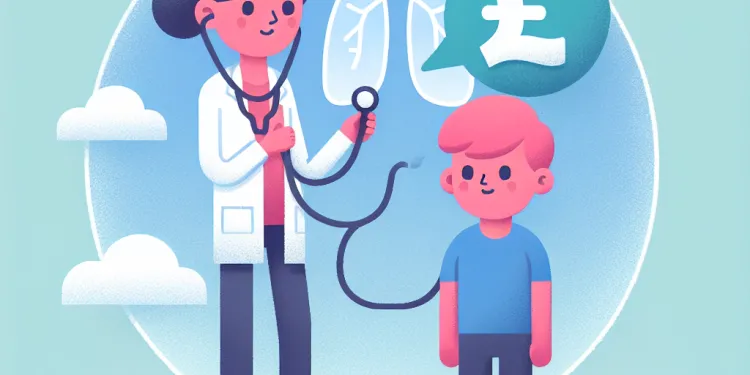
What is lupus in children?
Relevance: 19%
-

Can animals be infected with H3N2?
Relevance: 19%
Bronchiolitis and Chest Infections in Young Children - Prof Steve Turner
Understanding Bronchiolitis
Bronchiolitis is a common respiratory infection that occurs in young children, particularly those under the age of two. It is most often caused by the Respiratory Syncytial Virus (RSV). The infection leads to inflammation and congestion in the small airways (bronchioles) of the lung. Symptoms typically include coughing, wheezing, shortness of breath, and sometimes fever. In the UK, bronchiolitis tends to be more prevalent during the winter months, aligning with the seasonal peak of RSV.
Symptoms and Diagnosis
Parents should be vigilant for signs of bronchiolitis such as rapid breathing, a persistent cough, and difficulties feeding due to respiratory distress. Diagnosis is usually clinical, based on the symptoms and physical examination by healthcare professionals. In some cases, a nasal swab may be taken to detect the presence of RSV or other viruses. It's crucial for parents to seek medical advice if their child shows severe symptoms such as very fast or laboured breathing, unresponsiveness, or has fewer wet nappies than usual, indicating dehydration.
Treatment and Care
Most cases of bronchiolitis are mild and can be managed at home with supportive care. Ensuring the child is hydrated and comfortable is key. Paracetamol or ibuprofen can be given to manage fever and discomfort. In cases where breathing is significantly affected, hospitalisation may be necessary. Treatments in the hospital may include supplemental oxygen or, in severe cases, mechanical ventilation.
Prevention and Risk Factors
Preventing bronchiolitis involves basic hygiene practices such as regular hand washing and avoiding exposure to ill individuals. Children who are premature, have underlying heart or lung conditions, or have weakened immune systems are at higher risk. There is currently no vaccine for RSV, but research is ongoing. Meanwhile, reducing tobacco smoke exposure and maintaining a healthy environment can help lessen the likelihood of severe infections.
Role of Prof Steve Turner
Prof Steve Turner, a renowned pediatrician in the UK, has contributed significantly to the understanding and management of bronchiolitis and chest infections in young children. His research focuses on identifying the risk factors and outcomes associated with these infections, providing valuable insights that help improve clinical practices and parental guidance.
Bronchiolitis and Chest Infections in Young Children - Prof Steve Turner
What is Bronchiolitis?
Bronchiolitis is a sickness that makes it hard to breathe. It happens a lot in young children, especially those under 2 years old. It often starts because of a virus called Respiratory Syncytial Virus (RSV). This sickness makes the tiny airways in the lungs swollen and filled with mucus. Children with bronchiolitis may cough, wheeze, have trouble breathing, and sometimes have a fever. In the UK, bronchiolitis is more common in the winter when RSV is more active.
What to Look For and How It's Diagnosed
Parents should watch out for signs like fast breathing, a long-lasting cough, and trouble eating because of breathing problems. Doctors usually figure out if a child has bronchiolitis by looking at symptoms and examining the child. Sometimes, a doctor might take a small sample from the child's nose to check for RSV or other viruses. Parents should get medical help if the child has very fast or hard breathing, does not wake up easily, or has fewer wet nappies which may mean they are not getting enough fluids.
How to Help and Take Care of Your Child
Most children with bronchiolitis get better at home with care. Make sure the child drinks enough fluids and stays comfortable. You can give children’s paracetamol or ibuprofen to help with a fever or aches. If the child is having a lot of trouble breathing, they might need to go to the hospital. At the hospital, they can give oxygen to help breathing, or in serious cases, use machines to help the child breathe.
How to Prevent It and Who's at Risk
To help stop bronchiolitis, practice good hygiene like washing hands often. Try to keep children away from people who are sick. Babies who were born early, or have heart or lung problems, or weaker immune systems are more at risk. There is no vaccine for RSV yet, but scientists are working on it. Keeping the air clean and smoke-free can also help keep children from getting sick.
Who is Prof Steve Turner?
Prof Steve Turner is a well-known children's doctor in the UK. He has helped a lot with understanding bronchiolitis and chest infections in young kids. His work looks at why children get these infections and what happens as a result. This helps doctors and parents know more about how to take care of sick children.
Frequently Asked Questions
What is bronchiolitis?
Bronchiolitis is a common lung infection in young children and infants that affects the small airways, leading to inflammation and congestion.
What causes bronchiolitis?
Bronchiolitis is most commonly caused by respiratory syncytial virus (RSV). Other viruses like adenovirus, influenza, and parainfluenza can also cause it.
What are the symptoms of bronchiolitis?
Symptoms include coughing, wheezing, difficulty breathing, rapid breathing, and feeding difficulties. It often starts with mild cold-like symptoms.
How is bronchiolitis diagnosed?
Bronchiolitis is diagnosed based on medical history and a physical examination. In some cases, a chest X-ray or nasal swab test may be conducted.
Can bronchiolitis be treated at home?
Yes, mild cases of bronchiolitis can be managed at home with rest, plenty of fluids, and using a humidifier. However, it is important to monitor the child's breathing.
When should I seek medical attention for bronchiolitis?
Seek medical attention if your child has difficulty breathing, is breathing very quickly, has bluish skin, is very tired, or shows signs of dehydration.
Is bronchiolitis contagious?
Yes, bronchiolitis is contagious and spreads through droplets from coughs and sneezes, as well as through contact with contaminated surfaces.
Can bronchiolitis be prevented?
Preventative measures include practicing good hygiene like handwashing, keeping children away from sick individuals, and avoiding exposure to smoke.
What is the usual duration of bronchiolitis?
Bronchiolitis typically lasts about 7 to 10 days. However, coughing and wheezing can last for several weeks.
Is there a vaccine for bronchiolitis?
There is no specific vaccine for bronchiolitis, but there is a preventive treatment for high-risk infants, such as palivizumab, which is an RSV antibody.
How common is bronchiolitis in the UK?
Bronchiolitis is quite common in the UK, especially during the winter months, affecting nearly all children by the age of two.
What is the difference between bronchiolitis and bronchitis?
Bronchiolitis affects the smaller airways (bronchioles) in young children, while bronchitis affects the larger airways (bronchi) and can occur in people of all ages.
Can bronchiolitis lead to other complications?
Yes, severe cases can lead to complications such as pneumonia, dehydration, and difficulty breathing, which may require hospitalization.
What home remedies can help alleviate bronchiolitis symptoms?
Home remedies include using saline nasal drops, suctioning mucus, keeping the child hydrated, and using a cool-mist humidifier.
Can adults get bronchiolitis?
While adults are less likely to get bronchiolitis, they can catch the viruses that cause it, potentially leading to cold-like symptoms or respiratory infections.
What is bronchiolitis?
Bronchiolitis is a sickness that makes it hard to breathe. It happens when the small tubes in your lungs get swollen. These tubes help air go in and out of your lungs.
This sickness mostly affects babies and young children.
Signs of bronchiolitis can be a cough, fever, and trouble breathing.
If you think your child has bronchiolitis, it is important to see a doctor.
It can help to use tools like a humidifier to make the air less dry. Drinking lots of fluids also helps.
Bronchiolitis is a lung infection. It happens a lot in little children and babies. It makes the small airways in the lungs swollen and full of mucus.
What makes bronchiolitis happen?
Bronchiolitis is an illness that makes it hard to breathe. It is usually caused by a germ called respiratory syncytial virus, or RSV. Other germs like adenovirus, flu, and parainfluenza can cause it too.
What are the signs of bronchiolitis?
Bronchiolitis is a lung illness. It can make it hard to breathe. Here are some signs to look for:
- Runny nose
- Coughing
- Fever
- Fast breathing
- Wheezing (a whistling sound when breathing)
- Tiredness
If you notice these signs, talk to a doctor. They can help.
Helpful Tools:
- Use pictures to explain things.
- Ask someone to read with you.
- Take breaks if it feels too much.
Signs that someone might be sick are:
- Coughing
- Wheezing (a whistling sound when breathing)
- Finding it hard to breathe
- Breathing very fast
- Having trouble eating or drinking
It can start like a little cold.
Some tools that can help are:
- Deep breathing exercises
- Using a humidifier to keep the air moist
- Asking a grown-up to help you see a doctor
How do doctors know if someone has bronchiolitis?
Bronchiolitis is when the tiny airways in the lungs get swollen. Doctors find out if you have it by asking about your health and looking at you. Sometimes, they might take a picture of your chest or a nose test.
Can you treat bronchiolitis at home?
Bronchiolitis is a sickness that makes it hard to breathe. Sometimes, you can help a child feel better at home.
Here are some ways to help:
- Make sure the child drinks lots of water.
- Let them rest and sleep a lot.
- Use a humidifier to keep the air moist.
- Keep the child away from smoke.
If the child is having trouble breathing or gets worse, go see a doctor. Always ask a doctor if you're unsure.
It's good to have a trusted grown-up or person around to help.
Yes, you can take care of a mild case of bronchiolitis at home. Let the child rest, give them lots of water to drink, and use a humidifier to help them breathe better. But make sure to keep an eye on how they are breathing.
When should I see a doctor for bronchiolitis?
Bronchiolitis affects the small airways in the lungs. If you think your child might have bronchiolitis, watch for these signs:
- Hard time breathing
- Lips or skin look blue
- Can't stop coughing
- Very tired or sleepy
- Not drinking enough or no wet diapers
If you see these signs, it's important to call a doctor. You can also try helpful tools like breathing exercises or keeping your child calm and rested. Always ask a doctor if you have questions.
If your child is having trouble breathing, is breathing really fast, has blue skin, is very sleepy, or looks like they need more water, take them to see a doctor.
Can you catch bronchiolitis from someone else?
Bronchiolitis can spread from one person to another. It happens when someone coughs or sneezes. It can also spread if you touch things that have the virus on them, like toys or tables.
Can bronchiolitis be stopped?
To stay healthy, remember to wash your hands often. Keep kids away from people who are sick. Try to stay away from smoke, too.
How long does bronchiolitis last?
Bronchiolitis usually lasts about 7 to 10 days. But coughing and wheezing might last for a few weeks.
Here are some things that can help:
- Take deep breaths slowly to feel better.
- Drink lots of water.
- Use a humidifier to help you breathe more easily.
- Rest as much as you can.
Is there a vaccine for bronchiolitis?
No, there is no vaccine for bronchiolitis right now.
If you want to stay healthy, you can wash your hands often.
You can also make sure people around babies do not have a cold.
It helps to keep places clean and stop germs from spreading.
There is no special shot to stop bronchiolitis. But there is a medicine that can help babies who might get very sick. This medicine is called palivizumab. It helps protect against a virus called RSV.
How many people get bronchiolitis in the UK?
Bronchiolitis is a lung illness that small kids can get. It mostly happens to children under 2 years old.
Each year, many small kids in the UK get bronchiolitis, especially in the wintertime.
If you want help understanding this, ask someone you trust to explain it to you. You can also look at pictures or watch videos about bronchiolitis to learn more.
Bronchiolitis is common in the UK, especially in winter. Almost all children have it by the time they are two years old.
How are bronchiolitis and bronchitis different?
Bronchiolitis is an illness that makes it hard for young kids to breathe. It affects the tiny tubes in their lungs. Bronchitis is another illness that is like bronchiolitis, but it affects the bigger tubes in the lungs. Bronchitis can happen to people of any age, not just young kids.
Can bronchiolitis cause other problems?
Bronchiolitis can sometimes cause more problems. If you have bronchiolitis, it might be good to see a doctor. They can help and make sure you get better.
Ask someone you trust to help you understand. You can also use pictures or videos to learn more about bronchiolitis.
Yes, if it gets really bad, it can cause problems like lung infection (called pneumonia), not having enough water in your body (called dehydration), and trouble breathing. If these happen, you might need to go to the hospital.
If reading is hard, try asking someone to read it with you, or use a tool that reads text out loud.
What can you do at home to feel better from bronchiolitis?
You can try home remedies to help. Use saltwater nose drops, gently suck out the snot, give the child lots of water to drink, and use a cool-mist humidifier in the room.
Can grown-ups get bronchiolitis?
Yes, grown-ups can get bronchiolitis, but it is very rare.
Bronchiolitis is an illness that mostly happens in babies and young children. It makes it hard to breathe.
If a grown-up gets sick with bronchiolitis, they might need to see a doctor.
Here are some things that can help:
- Go to the doctor if you have trouble breathing.
- Rest and drink lots of water.
- Stay away from smoking or places with smoke.
If you find reading hard, you can:
- Ask someone to read aloud to you.
- Use audiobooks or apps that read text out loud.
- Look for videos about bronchiolitis.
Grown-ups usually don't get bronchiolitis, but they can catch the germs that cause it. This can make them feel like they have a cold or a breathing infection.
Useful Links
- Ergsy carfully checks the information in the videos we provide here.
- Videos shown by Youtube after a video has completed, have NOT been reviewed by ERGSY.
- To view, click the arrow in centre of video.
- Most of the videos you find here will have subtitles and/or closed captions available.
- You may need to turn these on, and choose your preferred language.
- Go to the video you'd like to watch.
- If closed captions (CC) are available, settings will be visible on the bottom right of the video player.
- To turn on Captions, click settings .
- To turn off Captions, click settings again.
More Items From Ergsy search
-

Bronchiolitis and chest infections in young children - Prof Steve Turner
Relevance: 100%
-

Bronchiolitis Advice
Relevance: 57%
-

What is bronchiolitis in children? The symptoms, warning signs and when to seek medical help
Relevance: 57%
-

Chest infection: what should I do?
Relevance: 50%
-

What is RSV (Respiratory Syncytial Virus) or bronchiolitis? UHL NHS Trust
Relevance: 47%
-

Dorothy's Story (Falls/Chest Infection)
Relevance: 47%
-

Chest clearance techniques
Relevance: 35%
-

Developmental Coordination Disorder (DCD) for Children and Young People
Relevance: 33%
-

Practical strategies to support young children who stammer
Relevance: 33%
-

Anxiety in young people
Relevance: 30%
-

Who is at risk for severe Chikungunya infection?
Relevance: 27%
-

Is it possible to have a heart attack without chest pain?
Relevance: 26%
-

Can defibrillators be used on children?
Relevance: 26%
-

Self care: Treating ear infections
Relevance: 25%
-

Surge in HPV Vaccination Rates Among Young Women in the UK
Relevance: 25%
-

Can children outgrow asthma?
Relevance: 25%
-

Why is binge drinking common among young adults?
Relevance: 24%
-

Are there symptoms of an HPV infection?
Relevance: 23%
-

Clearing Your Chest with Breathing Exercises
Relevance: 23%
-

Can air physiotherapy prevent respiratory infections?
Relevance: 23%
-

What causes lupus in children?
Relevance: 22%
-

What is Chikungunya virus infection?
Relevance: 21%
-

Mycobacterium chimaera infection
Relevance: 21%
-

Evidence-Based Interventions: grommets for glue ear in children
Relevance: 21%
-

Is tooth decay common in children?
Relevance: 21%
-

Are children more affected by new variants of COVID?
Relevance: 20%
-

Navigating Mental Health Services for Children and Adolescents
Relevance: 20%
-

What are the symptoms of Nipah Virus infection?
Relevance: 20%
-

What are the common symptoms of lupus in children?
Relevance: 20%
-

Are there specific mobility equipment for children?
Relevance: 20%
-

Children's Vaccination Schedule
Relevance: 20%
-

Can Chikungunya virus infection be treated?
Relevance: 20%
-

What type of anxiety do children and teenagers experience?
Relevance: 20%
-

What are SEND children?
Relevance: 20%
-

Avoiding infections with urinary incontinence
Relevance: 19%
-

Can children develop Crohn's disease?
Relevance: 19%
-

How can I prevent norovirus infection?
Relevance: 19%
-

Can children benefit from chiropractic care?
Relevance: 19%
-

What is lupus in children?
Relevance: 19%
-

Can animals be infected with H3N2?
Relevance: 19%


